Diary Entry
There are a lot of convenient stores like Lawson, 7-11 and FamilyMart in all cities, large or small. These are open all day and offer literally everything you might need. Food, drinks, drugs, even hot finger food. I often get sushi, onigiri or bento boxes at these places.
You can buy alcohol, but you need to confirm on a machine, that you are older than 18 years. You also find always an ATM and a toilet in these stores… It’s really convenient.

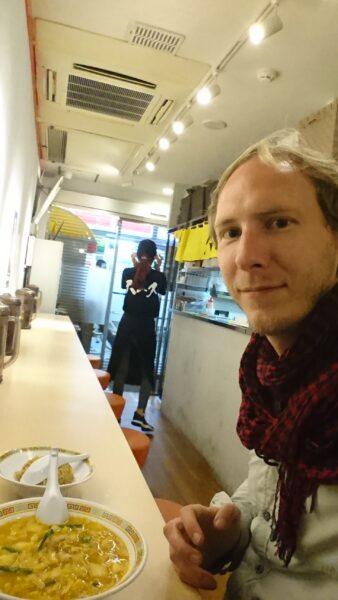

Going to any place to eat is expensive in Japan. Even a meal in a small restaurant chain costs you more than twelve euros. But any food is always prepared very fast and you don’t need to give a tip. Actually, it is offensive to do so, because this is implies that you’re not happy with the service and your waiter should improve. Good service is mandatory and a reward would be an insult.
The country is extremely safe. I never had any situation where I was created or threatened.
But people do not only take care about savety.
One thing you notice is the incredible awareness of the people about their environment. When you are in the supermarket or on the street people get out of your way even when not looking at you and give way when you need to pass while they are still busy with something else.
I get to Osaka to store my luggage in the hostel that I’ll stay at a week later. Now I’m heading with the train to an ancient pilgrimage path, the Komano Kodo, on the peninsula of Kii. Pilgrims use it for 1200 years to visit three big shrines. I want to follow their tracks.
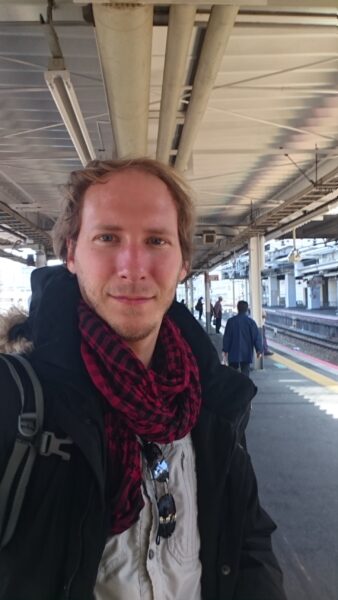

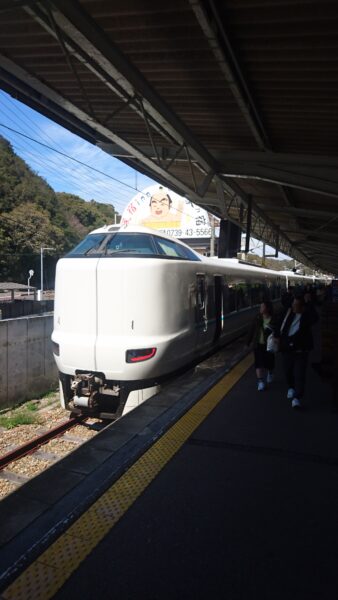
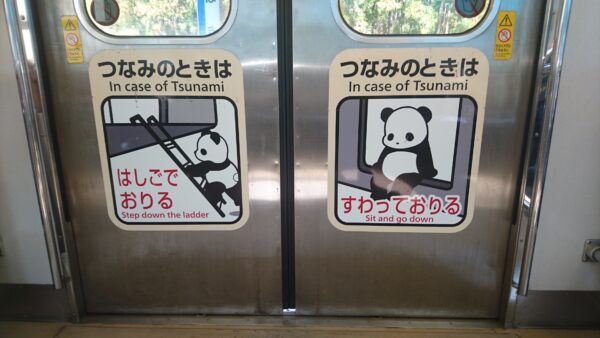
The train follows the beautiful coastline of the Kii peninsula and passes through tiny old villages. The ride has its risks as labels on the doors proclaim.
At least a comic Panda tells me what to do in the scenario of a Tsunami.
I visit the pacific ocean before I walk to my guesthouse. There a welcome sign greets me personally. The owner renovated an old ryokan – a traditional Japanese home – and enjoys the company of foreign guests.
Taji is unusually open for Japanese people (at least, that prejudice I still have at this moment) and spends his evening with me in the kitchen, inviting me for local Whisky.
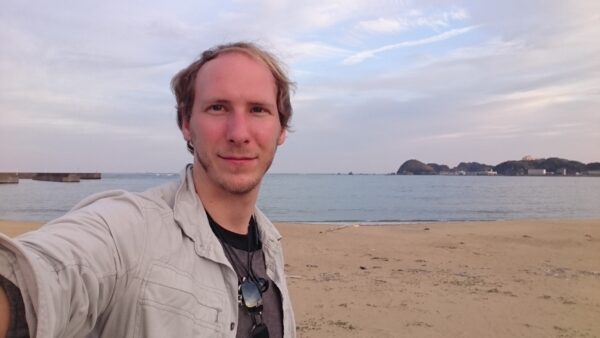

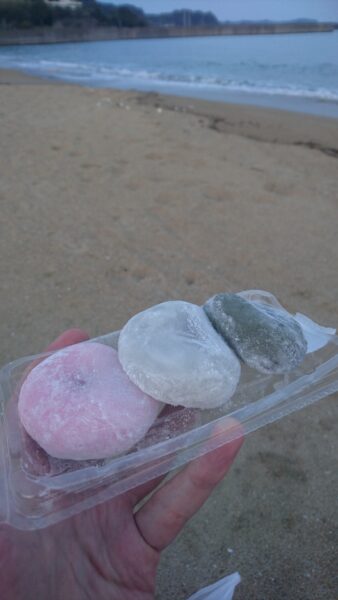
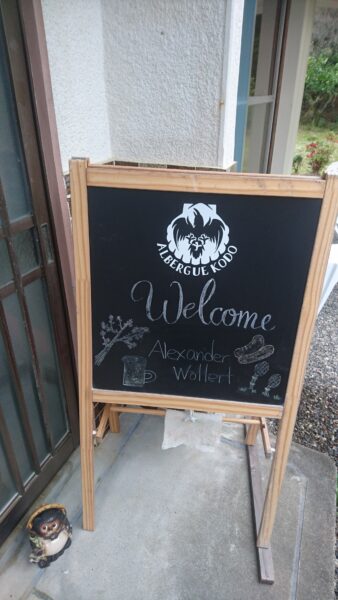
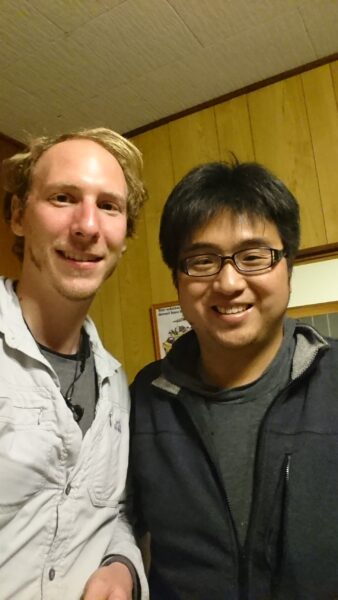
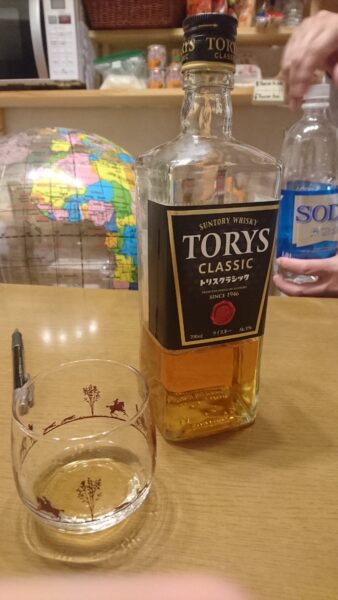
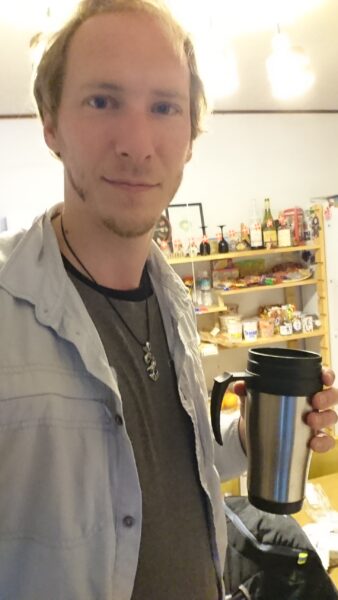
We talk a lot about Japan and his region, his job and his family and he gives me a lot of insight into the Japanese culture und the way of thinking. He explains me that Japanese houses are never isolated and protected against the cold. Most of the year it’s hot and the open doors and light architecture allow the wind to strive through the house and create a comfortable atmosphere. It’s also cheap. In the winter, however, the people of the house sit together at a big family table with a heater underneath the tablecloth to keep the heat at that place and warm at least half of the body.
Taji explains me also the Japanese onsen, the hot pools that you find everywhere in Japan and especially the natural ones you find in this region. Because normal Japanese houses are small there is no space for a bath tub. To have some space and spread your legs in a good bath tub people meet at public onsen. The water is naturally hot from the ground and contains a lot of healthy minerals. In the north of Japan exists a hot pool that was discovered and used by a monkey tribe (see here).
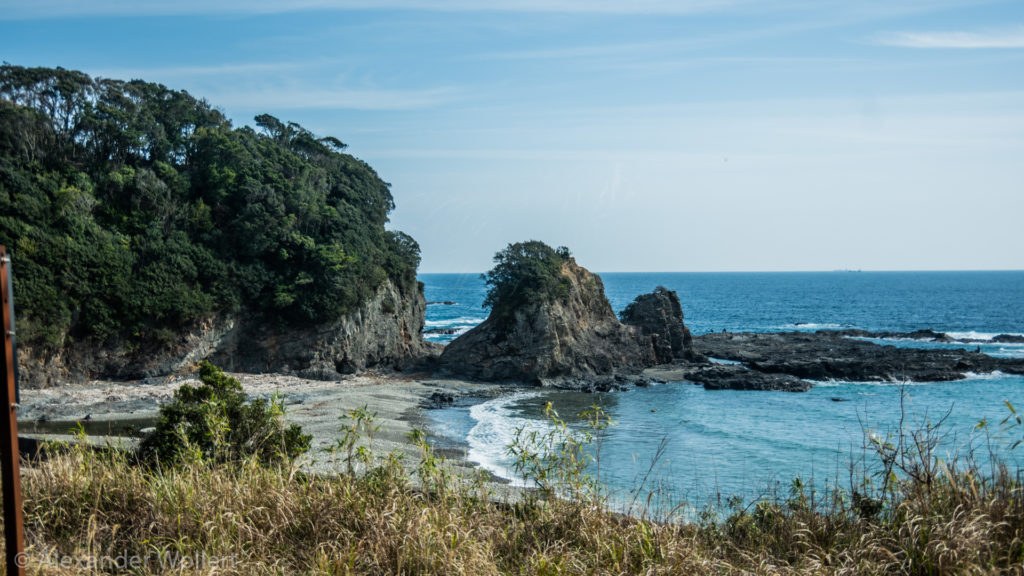
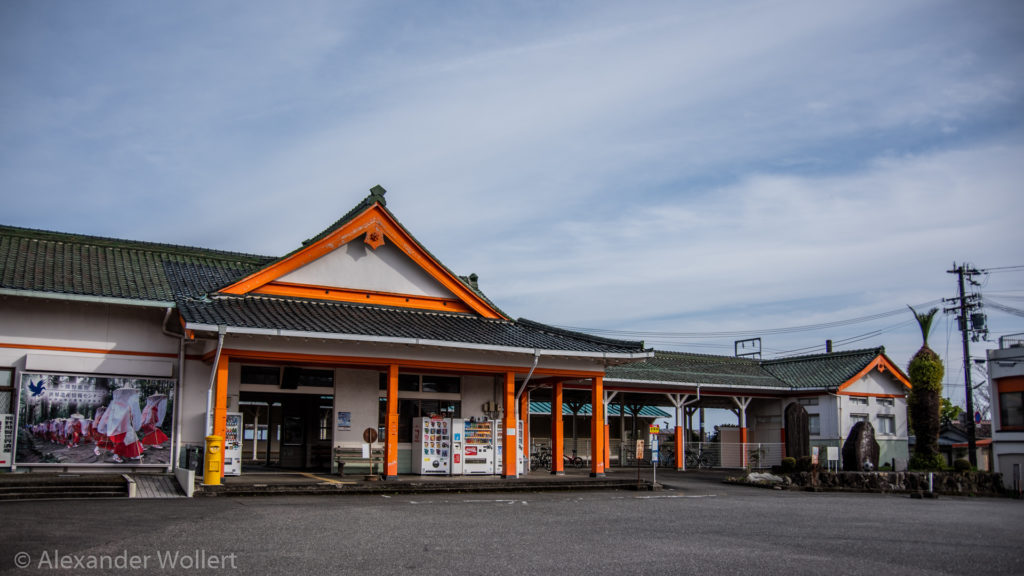
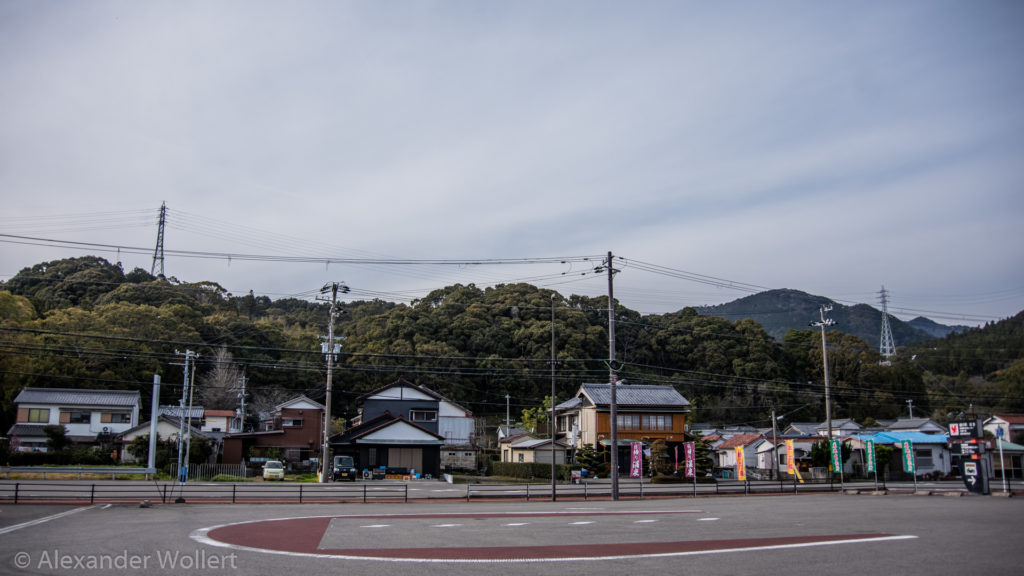
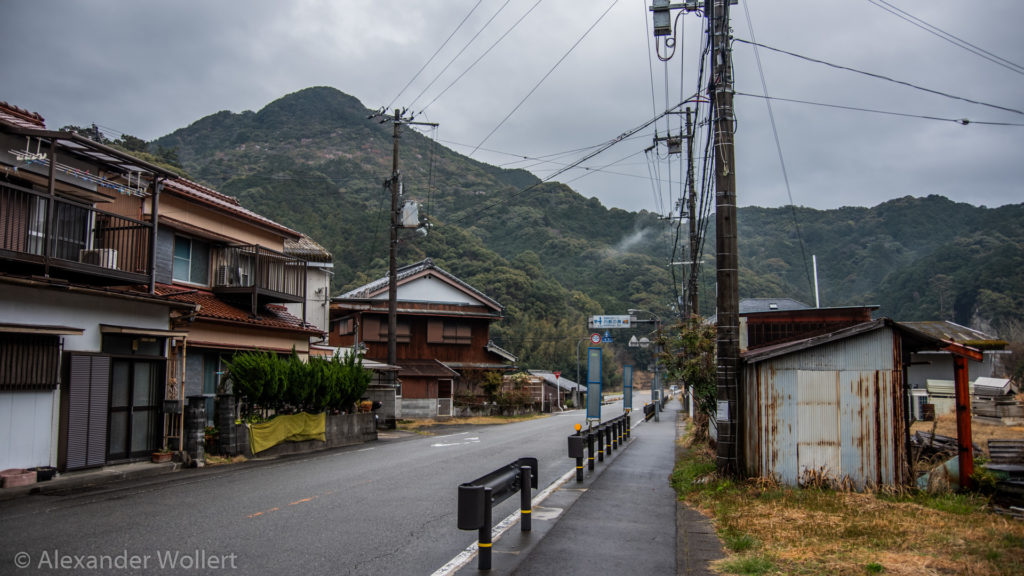
Onsen are public places, but men and women are separated. There are some rules, as well, how you wash yourself before and after your bath.
It’s a no-go to be dressed – in an onsen you are naked.
The house is still new, very clean and super beautiful. The walls are from wood and the doors are only frames with paper to slide. In all rooms lie tatami matts and you sleep on a mattress directly on the ground.
I make myself ready for the next day, when I will start my solo pilgramage on the ancient route through the mountains: Kumano Kodo.
